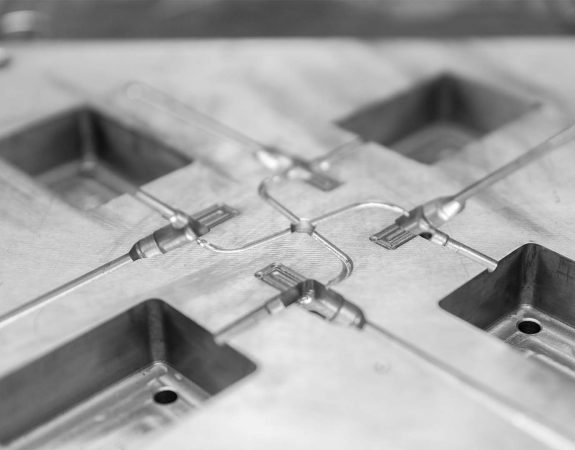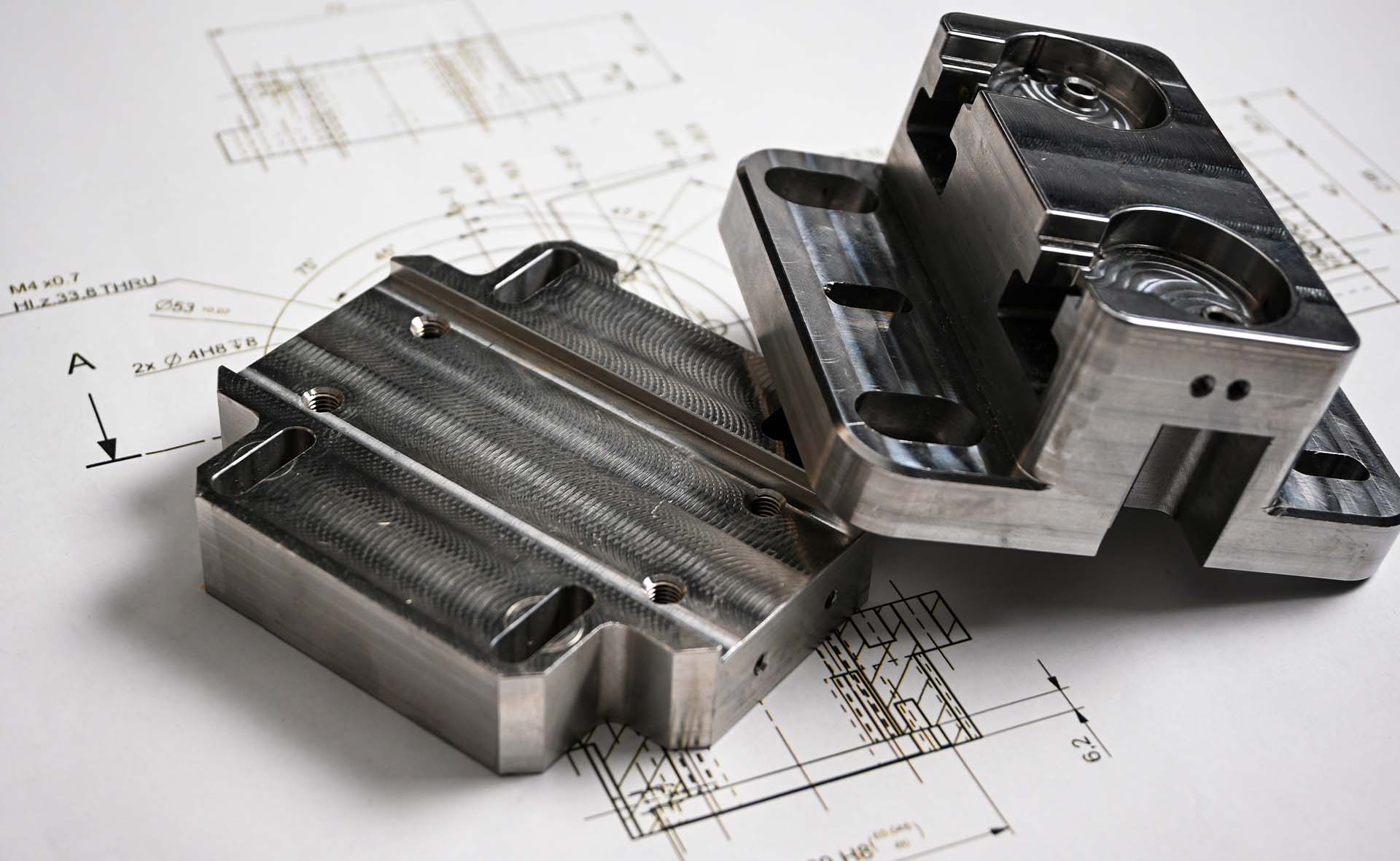Injection moulding is a well-established production process in which automotive mould manufacturers inject molten plastic materials into a mould cavity. The melted plastic then cools and hardens, and the manufacturers extract the finished part. The nature of the process makes it an excellent for manufacturing plastic automotive parts.

Examples of automotive injection moulded parts made @hlhrapid
In this article, we will look through the unique advantages of injection moulding for automobile applications and how it is effectively being used within the industry.
Though the mould design process is critical and challenging (a poorly designed mould can result in defects), injection moulding itself is a reliable method for producing solid plastic parts with a high-quality finish. Here are a few reasons why the process is beneficial for automotive plastic parts production:
Plastic injection moulding contributes to the production of critical components such as electrical housings, engine components and various other structural components that are integral to the performance, safety, and overall functionality of automobiles. It is also a highly repeatable process that delivers consistent results from part to part, ensuring the production of high-performance vehicles.
Automotive injection moulding offers a wide range of materials for various applications, from thermoplastic materials such as Polypropylene (PP), Nylon (PA), and Acrylonitrile Butadiene Styrene (ABS), to elastomeric materials like rubber and silicone, and thermosetting materials such as epoxy and polyester, which are in high demand for OEMs for both interior and exterior components.
Rapid prototyping via rapid tooling offers significant benefits by enabling automotive manufacturers to prototype using production-intent materials, a capability that other rapid prototyping processes like 3D printing and CNC cannot provide. Often, injection moulding is the first choice for making parts like bumpers and door panels in lower volume quantities but higher quality, before moving to full-scale production in a cost-effective manner.

Overmoulding is a process in injection moulding where a substrate or pre-molded part is combined with additional materials to create a final product. The automotive industry is increasingly turning to overmoulding to replace traditional heavy metal parts with more lightweight and cost-effective alternatives for improved fuel efficiency and overall vehicle performance. From car handles, steering wheel elements, to foot pedals, components traditionally composed of heavy metals can now be reinvented with overmoulding.
Automotive injection moulding plays a crucial role in meeting aesthetic expectations within the automotive industry. From sleek interior elements, such as dashboard panels and trim pieces, to exterior features like grilles and body panels, injection moulding enables the creation of parts with smooth finishes, intricate details, and diverse textures (e.g., glossy, rough, or matte). Unlike other manufacturing techniques, these textures are applied directly to the mould rather than to the moulded part, making it a cost-effective method for producing thousands of identical high-quality components.

Examples of automotive injection moulded parts made @hlhrapid
Plastic injection moulding also allows for custom colour matching by mixing dyes with the raw material pellets before manufacturing begins. This produces a solid, consistent colouring after moulding complete, without the need for painting or tinting. All in all, the nature of the process ensures precise and consistent production of automotive components.
From interior to exterior, to under-the-hood and lighting components. Here are some of the top applications of how injection moulding is being used to shape the modern vehicle:
1. Interior Components – injection moulding is used for many functional interior components, such as the movable and high-strength headrests in car seats, air vents, and armrests. It is also used for aesthetic and decorative elements, such as dashboard faceplates, ABS door handles, Polyvinyl Chloride (PVC) door panels, acrylic (PMMA) interior lights, and more.
2. Exterior Components – injection moulding is an established process for producing many large exterior automotive components, such aslightweight polypropene (PP) bumpers and body panels, and ABS OEM grilles. Injection moulding is also a choice for making durable splash guards from rubber and other flexible materials.
3. Under-the-Hood Components – over the past two decades or so, manufacturers have transitioned from metals to plastics for many under-the-hood components, many of which are made via plastic injection moulding. Some examples include ABS housings and body bearings, nylon bushings and bearings.

Upload CAD to get a quote
From large car bumpers to rims and car doors, HLH Rapid works with leading OEMs tier one and tier two suppliers to produce injection moulded prototypes and pre-series or production parts. Discover more about our full automotive injection moulding services.
To get started, submit your CAD drawings and project details on our site contact form. Our team will get back with a free quote and expected lead time within 48 hours.
